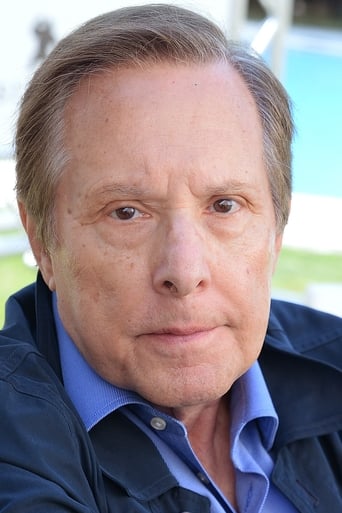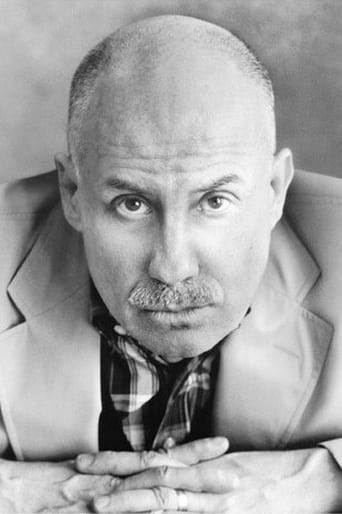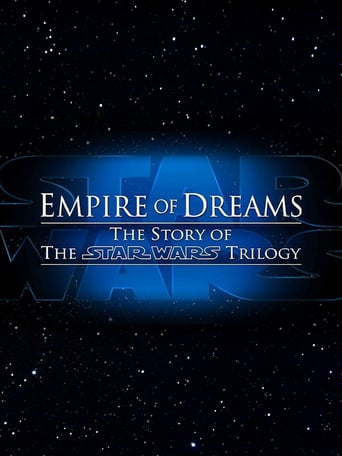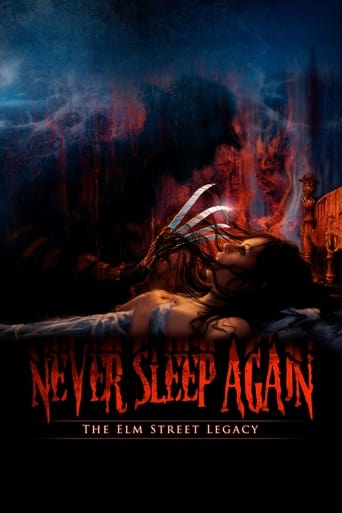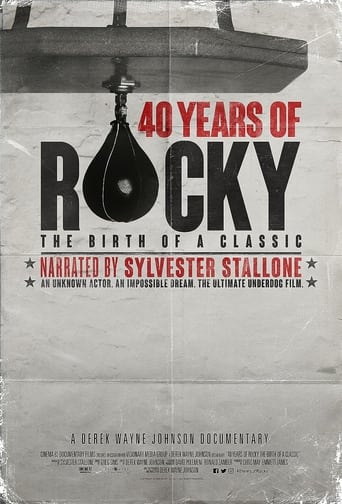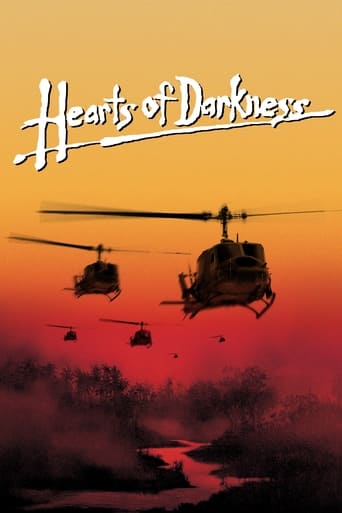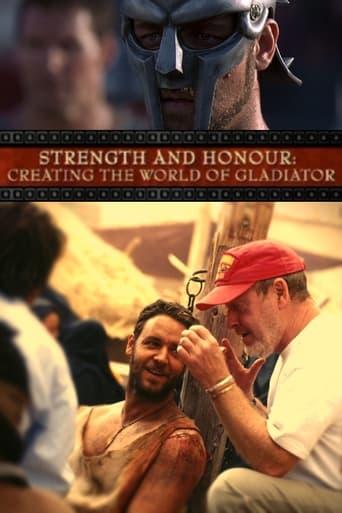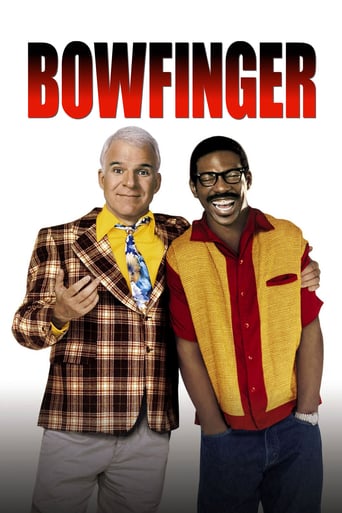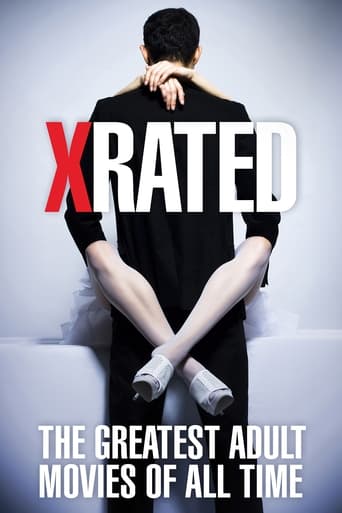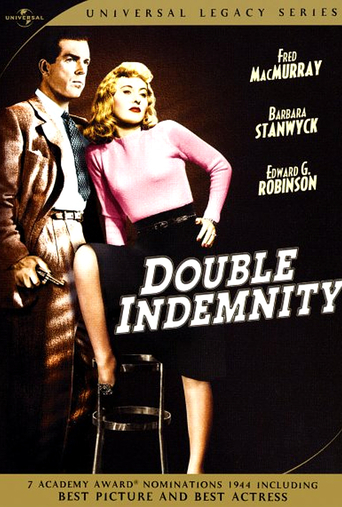
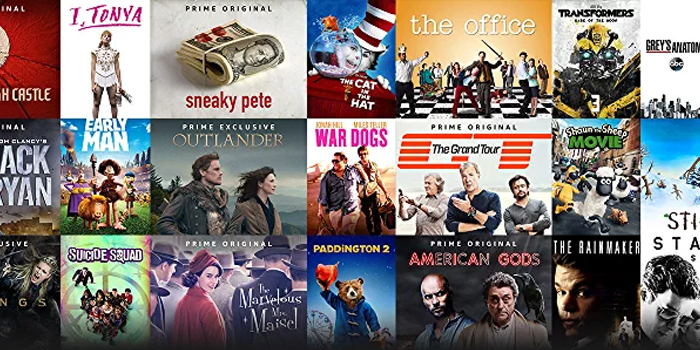
Shadows of Suspense (2006)
A documentary featuring film historians, directors and authors discussing the making of Billy Wilder's 'Double Indemnity'.
Watch Trailer
Cast
Similar titles


Reviews
Good story, Not enough for a whole film
In truth, there is barely enough story here to make a film.
Although I seem to have had higher expectations than I thought, the movie is super entertaining.
Worth seeing just to witness how winsome it is.
Eddie Muller kicks off "Shadows of Suspense" with a real attention- getter:"If I had one movie to show people to explain what film noir is, it's 'Double Indemnity'."That perfectly summarizes this as a documentary; it's not just about one movie, but how that one film defined a genre. What "Blade Runner" did for TV commercials and music videos, "Double Indemnity" did for a slew of eager directors willing to co-opt the femme fatale and venetian blind lighting. But even as a history lesson, this is entertaining, rounding up an array of talking heads (all of whom seem like genre afficionados) and doling out the factoids. TCM quality stuff.7/10
The fifteen talking heads here--including two women--do an adequate job exploring the Life and Times of DOUBLE INDEMNITY (1944). On-screen, the viewer sees clips from DI for about 40% of the 38-minute running time, while the noir specialists themselves take up another 40% of total screen time, with pan and scan of relevant stills (in the tradition of Ken Burns from PBS) accounting for the remaining fifth of the picture. Some of the clips are presented with the original soundtrack music and dialog; others are over-dubbed with commentators' voice-overs. We learn that "Dad" from MY THREE SONS originally had a show-stopping turn in the gas chamber in the director's cut, but test audiences boo-hooed so much that this last gasp was excised from the film eventually nominated for a Best Picture Oscar (getting trounced by GOING MY WAY, whose director was actually tripped by outraged DI writer-director Billy Wilder before he could claim his gilded statuette!). Unfortunately, no "deleted scenes"--such as the gasser--were preserved for future DVD bonus material. In lieu of this lost-forever snuff scene, EXORCIST director William Friedkin throws in a totally-gratuitous M-F word, which was particularly grating, since I happened to be watching this with my mom. (Fortunately, she is somewhat hard-of-hearing, so she may have missed the five-alarm expletive.) Other than a few more minor lapses in editorial judgment, this short doc is well worth the time it takes to watch it.
If you are a fan of this film and of film noir, in general, this discussion about this movie and this genre should really interest you. Not only do a half dozen people discuss the ins-and- outs of the famous "Double Indemnity," but of film noir, and it's rise in Hollywood beginning with this movie.A lot of the material in this DVD bonus feature mentions director Billy Wilder and his struggles to get this film done, and done right. His battles with famous novelist Raymond Chandler, who was hired to do the screenplay because the "novella" by James Cain wouldn't have cut it, are discussed with all the juicy details of a tabloid account here. Suffice to say, Wilder and Chandler were not the best of friends and they had to spend four months putting this script together to get one that pleased both. Getting actors to play the main roles in "Double Indemnity" wasn't easy, either, as nobody wanted to take a chance in 1944 with the lead characters of "Phyllis Dietrichson" or "Walter Neff." The experts in here discuss why Barbara Stanwyck and Fred McMurray were such good fits for this movie. Stanwyck was Wilder's first choice for the female lead but McMurray was way down the list for the males.They also remark how incredible Edward G. Robinson was in the long-winded scenes he did in which he never missed a line. He amazed everyone who watched him on the set. So did the cinematographer, John Seitz, who also is cited here for his great work on this film. His use of shadows and light and of textures of light were often copied after this film was released.Not only is "Double Indemnity" considered one of the great American movie of all time, the film noir historians, critics, professors of film, et al., really enjoy discussing this movie. You can just see it on their faces. I enjoyed hearing Eddie Muller's comments. He has written several top books on noir and has the most "screen time" in this feature.I could go on and on with all the inside information and comments that are made in this 38- minute feature, but my best suggestion is simply to watch this if you have the 2006-issued double-disc "Double Indemnity" DVD, or if you have the opportunity to rent it.

